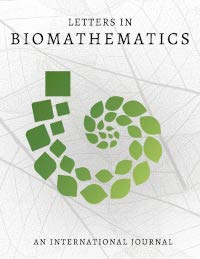Adaptive Social Distancing Strategies for Controlling Infection Inequality in Emerging Infectious Diseases
DOI:
https://doi.org/10.30707/Keywords:
emerging infection, health disparity, infection inequality, social distancing, mathematical modelingAbstract
People fare in outbreaks of emerging infections based on social factors shaping their exposure and vulnerability to the virus. This different exposure cause a disproportionate share of prevalence among people with various socioeconomic statuses. Therefore, socioeconomic-based control strategies are needed to control the discrepancy in prevalence among socioeconomic groups. We propose and analyze a SIR mathematical model that is grouped based on individuals' income level (representing socioeconomic status). For the model's parameter, we use properties of a real-world social network of individuals residing in New Orleans, Louisiana. We then distribute the social distancing practice among different groups to minimize a multi-objective function of infection characteristics (final epidemic size) and the discrepancy of prevalence among them (infection inequality). Our result confirms the importance of the heterogeneous distribution of social distancing practices among various socioeconomic groups to reduce observed infection inequality. At the same time, it does not considerably impact the final epidemic size.
